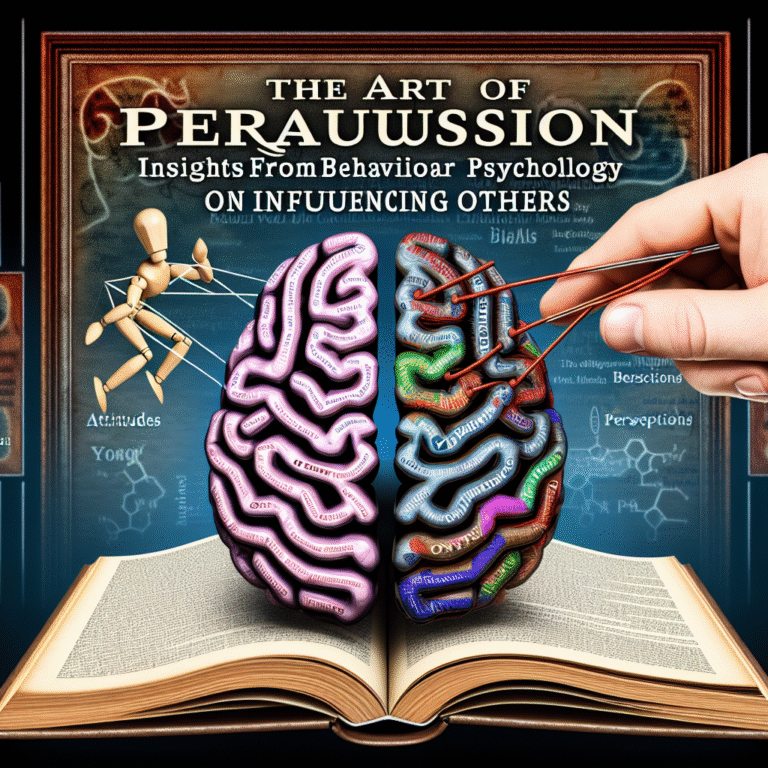
Listening to Voices: Personal Stories of Success with Behavioral Interventions for Autism
Introduction
In a world that often feels overwhelming, the ability to listen—not just to others but also to oneself—can be a transformative power. This is particularly true when applied to the realm of autism spectrum disorders (ASD). Behavioral interventions have emerged as vital tools in supporting individuals with autism in navigating life’s complexities. This article, "Listening to Voices: Personal Stories of Success with Behavioral Interventions for Autism," not only highlights the significance of these interventions but also shares powerful personal narratives that exemplify their impact. From early childhood interventions to strategies used in adulthood, the stories captured here serve as a beacon of hope, showcasing how behavioral approaches can lead to meaningful change.
Understanding Behavioral Interventions for Autism
What Are Behavioral Interventions?
Behavioral interventions encompass a variety of strategies designed to modify a person’s behavior, enhance communication skills, and promote independence—all crucial for individuals with autism. These interventions often utilize principles from applied behavior analysis (ABA) to encourage positive behavior while minimizing challenging behaviors.
The Importance of Listening to Voices
Listening to voices—both the professional guidance provided by practitioners and the personal experiences shared by families and individuals with autism—plays a crucial role in shaping these interventions. It ensures that strategies employed are not only evidence-based but also respectful of the unique needs of each individual.
Case Study #1: Early Intervention Success
Background
In a suburban town, a mother named Sarah noticed her son, Ethan, was displaying signs of autism as early as 18 months. With limited verbal communication and repetitive behaviors, she felt anxious about his future.
The Intervention
After consulting with professionals, Sarah opted for an ABA-based behavioral intervention tailored to Ethan’s specific needs. The intervention focused on improving communication and reducing self-stimulatory behaviors.
Results
Within six months of consistent intervention, Ethan began using simple words and phrases to express his needs. His previously intense meltdowns decreased dramatically as he gained more control over his emotions.
Analysis
Ethan’s story illustrates how early behavioral interventions can lead to significant improvements in communication, validating the importance of prompt professional guidance. Listening to his mother’s concerns also prompted a more tailored approach, which ultimately contributed to his success.
Table: Key Components of Successful Behavioral Interventions
| Component | Description |
|---|---|
| Consistency | Regular and predictable routines help build security for the child. |
| Positive Reinforcement | Rewards for desired behaviors encourage repetition of those behaviors. |
| Individualization | Tailoring interventions to fit individual needs enhances effectiveness. |
| Parental Involvement | Parents as active participants strengthen the impact of interventions. |
| Collaborative Approach | Interdisciplinary teams provide a comprehensive support system. |
Case Study #2: School Integration
Background
Jake, a ten-year-old with autism, struggled with social interactions in school. His teachers often described him as "distant," but they knew his intelligence was off the charts.
The Intervention
The school adopted a behavioral intervention focusing on social skills training and peer interactions. This included structured play dates where Jake could practice communication and social cues in a controlled environment.
Results
After several weeks, Jake began forming friendships and even initiated conversations with his peers. His academic performance improved as his confidence soared.
Analysis
Listening to both Jake’s needs and the educational team’s insights led to a collaborative intervention strategy. This approach exemplifies how behavioral interventions can foster not only academic success but also social connectivity.
Case Study #3: Transitioning to Adulthood
Background
As graduation approached, Maya, an 18-year-old with autism, faced anxiety about transitioning to adulthood and the workforce.
The Intervention
Maya’s team employed vocational behavioral interventions, introducing her to potential job tasks within a supportive environment, focusing on routine building and stress-management techniques.
Results
Maya successfully secured an internship at a local bookstore, where her ability to handle customer interactions significantly improved.
Analysis
Maya’s experience underscores the necessity of adapting behavioral interventions as individuals transition through different life stages, affirming the notion that listening to their voices is vital in crafting effective programs.
The Role of Technology in Behavioral Interventions
A New Frontier
Technological advancements offer innovative tools for implementing behavioral interventions. Apps that focus on social stories, communication, and daily living skills allow for personalized, adjustable learning experiences.
Real-World Application
Tech tools can enhance the effectiveness of interventions, providing visual supports that many individuals with autism can easily grasp, fulfilling the need for auditory and visual learning preferences.
Success Stories
Families report that using these tools, in combination with traditional behavioral interventions, has resulted in significant gains in communication and daily living skills.
Conclusion
Listening to Voices: Personal Stories of Success with Behavioral Interventions for Autism illustrates the profound impact that individualized, responsive strategies can have on the lives of individuals with autism. Each personal story shared here serves as a reminder that success is not a one-size-fits-all approach. The nuances of each situation highlight the importance of early intervention, collaborative strategies, and the integration of technology in behavioral approaches.
As advocates, educators, and family members, it is crucial to continue listening to the voices of those affected by autism. By doing so, we reinforce our commitment to implementing effective, compassionate interventions that allow individuals to thrive.
FAQs
1. What types of behavioral interventions are available for autism?
Behavioral interventions can include Applied Behavior Analysis (ABA), social skills training, cognitive-behavioral therapy, and more. Each is tailored to the individual’s needs and goals.
2. At what age should behavioral interventions begin?
Early intervention is often recommended as the best practice, ideally before age three. However, any age can benefit from tailored behavioral interventions.
3. How do I choose the right behavioral intervention for my child?
A comprehensive assessment by a qualified professional is essential. They will consider your child’s unique profile, including their strengths and challenges, to recommend the best approach.
4. Are behavioral interventions effective for all individuals with autism?
While many individuals with autism show significant improvement with behavioral interventions, efficacy may vary. It is important to continuously monitor progress and adjust interventions accordingly.
5. How can parents be involved in their child’s behavioral intervention?
Parents play a crucial role by participating in training, reinforcing skills at home, and maintaining consistent routines. Their involvement enhances the effectiveness of the intervention.
As we continue to listen to and learn from personal stories of success, may we inspire a future filled with understanding, strategies, and hope for all individuals with autism.














